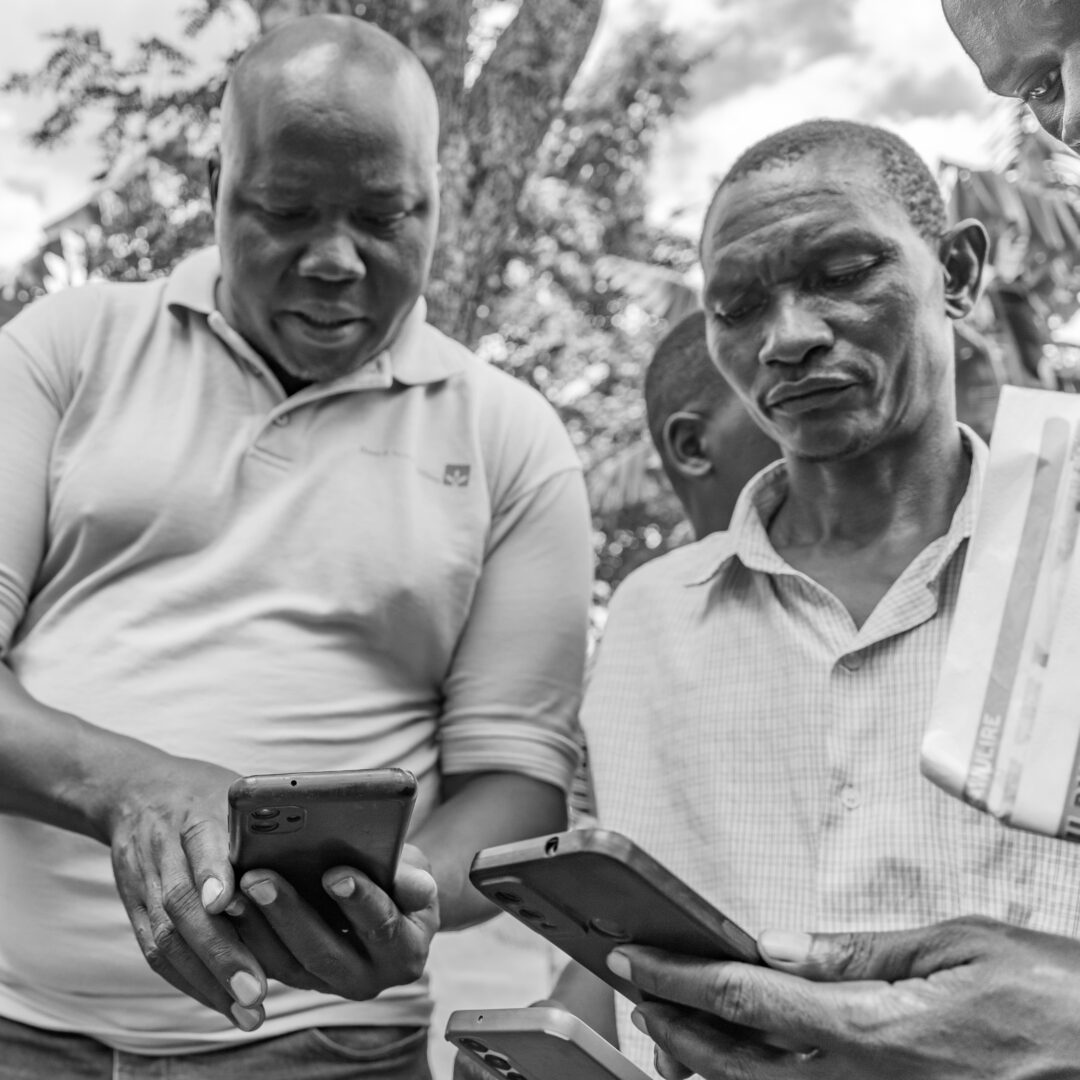
How to regionally adapt living income benchmarks and derive effective solutions for farmer segments?
This research initiative is a collaboration between HereWeGrow (HWG), Hanns R. Neumann Stiftung (HRNS), and Wageningen University & Research (WUR). The goal is to develop simplified methods for regional adaptation of living income benchmarks and the segmentation of coffee farming households in Uganda.
KEY FACTS
WHERE
Uganda (various coffee growing districts)
WHO
Hanns R. Neumann Stiftung (HRNS), Wageningen University & Research (WUR)
WHEN
Apr 2025 – Nov 2025
GOAL
Develop a replicable and scalable living income benchmark approach and a household segmentation tool to better plan income-enhancing strategies for coffee-farming households.
REACH
NA
EVALUATION
NA
KEY IMPACT METRIC
Sector uptake
KEY FACTS
WHERE
Uganda (various coffee growing districts)
WHO
Hanns R. Neumann Stiftung (HRNS), Wageningen University & Research (WUR)
WHEN
Apr 2025 – Nov 2025
GOAL
Offer the sector a simplified living income benchmark approach and household segmentation tool to better plan income-enhancing strategies for coffee-farming households.
REACH
NA
EVALUATION
NA
KEY IMPACT METRIC
Sector uptake
Research Questions
- How can existing living income benchmarks be adapted at the district level and updated over time?
- How do income situations and barriers vary across different coffee-farming households?
- Which interventions can be effective in reducing the living income gap across various segments of coffee-farming households in Uganda?
Approach
The project addresses two aspects:
Workstream 1 – Regional Living Income Benchmarking
- Objective: Develop a methodology to adapt existing living income benchmarks in Uganda to specific regions and to update them on a regular basis.
- Method: Estimating one new district-level benchmark based on two existing benchmarks, and re-estimating existing benchmarks using the price approach to test the validity of the approach.
- Validation: External review by experts (e.g., LICoP Technical Advisory Committee).
- Output: A district-specific benchmark for Rakai District and a methodological guide for replication.
Workstream 2 – Household Segmentation
- Objective: Develop a multi-step segmentation methodology classifying households into groups that represent different levels of barriers to achieving a living income.
- Method: Developing a segmentation analysis tool and conducting segmentation analysis on HWG and HRNS data from coffee-growing households in Uganda. Reviewing literature on relevant interventions aimed at closing the living income gap across various household segments.
- Output: Replicable segmentation analysis tool, living income gap assessment and segmentation analysis for various coffee growing districts, literature review of relevant interventions.
All developed methods and tools are closely aligned with the Global and the Ugandan Coffee Platform to assure relevance and applicability for the coffee sector.
EXPECTED OUTPUT
- Methodological guide for developing regional living income benchmarks
- Household segmentation tool (R and STATA code)
- Literature review on income-enhancing interventions
- Recommendations for segmented intervention strategies
IMPACT
The outcomes of this project will provide a reliable foundation for understanding coffee-farming households’ income situation, developing targeted strategies to reduce the living income gap, and enhance the impact of existing projects. This
- Enables data-driven policy and project decisions in Uganda’s coffee sector.
- Improves the measurement and comparability of income gaps.
- Strengthens the ability to design targeted interventions for different household segments.
RESOURCES
All methods and tools will be publicly available. Stay tuned!